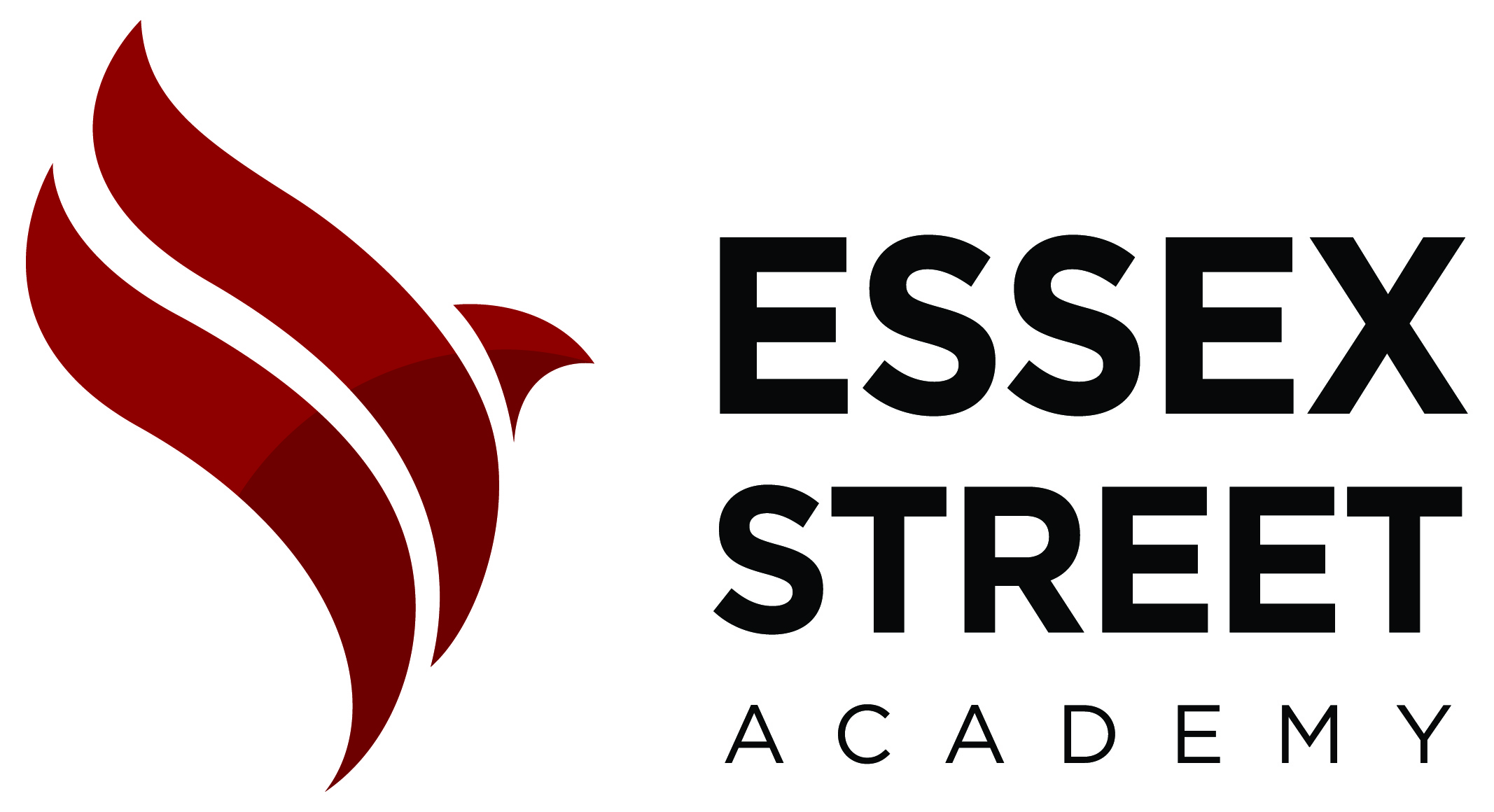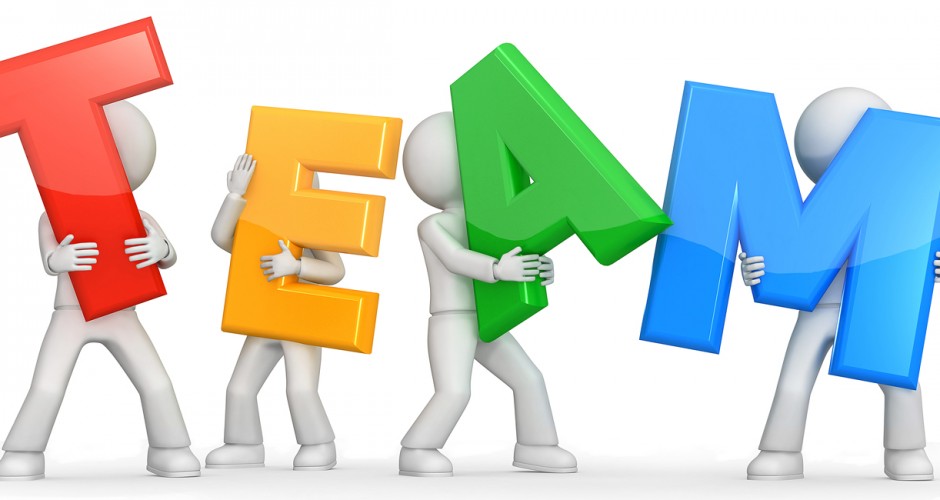PoP: How might we authentically include students with severe disabilities so they are academically engaged in their classes and socially engaged in the school community through my role in ICT?
In the world of education, the biggest challenge is ensuring all students are given equal opportunities to access content and adequately build new skill sets. This challenge is compounded within the walls of more inclusive school communities, where different populations of students with specific social and learning needs learn each day. No two students’ experiences (both social and academic) at school are identical; no two students access content the same exact way. What is the best way to address these barriers that students (and similarly, educators) deal with on a daily basis? Is a student-specific, goal-based, approach the best way to understanding student learning? How do we as special educators learn to understand what’s best for our students? Our responsibilities as educators often leaves us with more questions than answers.
As a special educator collaborating with other teachers, a major component of the “co-teaching” relationship involves developing content teachers’ understanding of student learning. For example, I continue to work with my Science co-teacher on identifying barriers in the classroom setting and creating various entry points for which students to access their experiences in school.
What is my role as an ICT teacher in ensuring students with “disabilities” are engaged academically and socially? How can I create genuine co-teaching relationship with general educators to better anticipate and plan for potential barriers these students have to come face to face with in the classroom? This work is especially important for our students that lack the skills to advocate for themselves, who aren’t sure when they are in need of help during class, and require appropriate support access the standard readings and writing assignments provided by their content teachers.


I think our work around special education, access, and self-advocacy at ESA is awesome . It seems that we are providing more and more opportunities for students to be successful and advocate for themselves. The special education department’s work to create entry points into content and help improve accessibility for students is so important and is also quite visible. Im wondering how we can make accessible the tools students are receiving from ICT and SETSS settings to a broader population for use as they move into more challenging classes and post-high school pursuits. In other words, how to do we spread the goods and tools for access and self-advocacy to even more of our students?